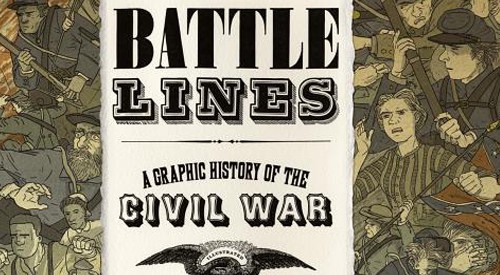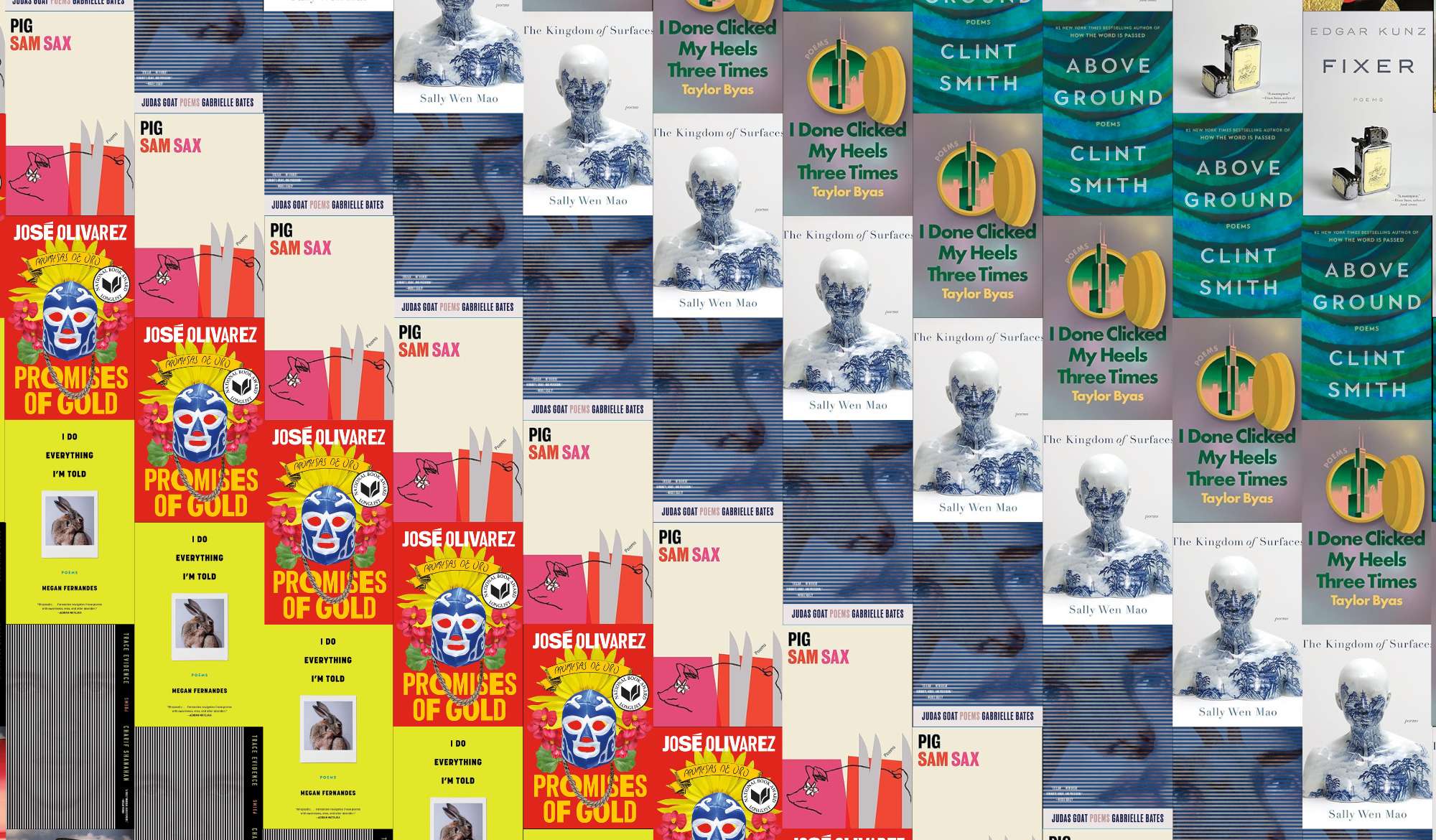Books & Culture
A Bloody Divide: Battle Lines: A Graphic History of the Civil War by Jonathan Fetter-Vorm

The War Between the States, the War of Secession, the Lost Cause: the Civil War has as many names as stories to tell. Its battles and losses forced America to define itself, from Maine to Louisiana and into the West. Its causes and roots are as brutal as its casualties, and its epilogue is a celebrity publically committing assassination. In short, the Civil War continues to capture the imagination.
Battle Lines: A Graphic History of the Civil War, by Jonathan Fetter-Vorm (Trinity: A Graphic History of the First Atomic Bomb) and Ari Kelman (A River and Its City, A Misplaced Massacre), published just after the 150th anniversary of the Confederacy’s surrender, is a poignant and soulful retelling. It is an ambitious text, as in many ways a comic can only paint a broad picture of a complex theater. To widen this scope, Battle Lines relies on a human narrative of America’s bloodiest divide. Fifteen vignettes, each prefaced by brief, contextual articles typeset and designed as though from a newspaper from a previous era, carry readers through Reconstruction. The most powerful of these are the stories about individuals, including an escaped slave crossing Union Lines; two friends behind Confederate ramifications, one lost and one spared; a journal-keeper doomed to starve in the infamous Andersonville, Georgia POW camp. Each vignette follows a particular object of everyday life from that era: the Union flag is lowered at Fort Sumter and the banner of the Confederacy raised, a mother and son watch a battle through a pair of Opera Glasses, loose fibers weave together to form a noose through scenes portraying the postwar Deep South.
Through every scene, there are bodies. Bodies of soldiers. Bodies of freed people. Bodies of animals. There are limbs lost. There is disease.
Since it’s a graphic novel, the language in Battle Lines is concise. Every word counts. The best panels illustrate the unsaid. A long line of partially shoed Rebels, walking through the woods with rags tied around their feet, next shown stripping the surrounding dead, fallen from some previous encounter. An empty shell bag early in a skirmish. A husband who returns home to find his wife alone, the framed photograph of her holding their infant adorned with a pair of slippers but no child in sight. The destroyed hulls of Richmond and Atlanta. The tactics of some Confederate veterans keeping ballots out of freed men’s hands simply described as “terrorism” beneath an image of hooded Ku Klux Klan members on horseback, one holding a torch.
The Civil War, like most any violent confrontation, was a compendium of tragedies, spurred by slavery and soured by appalling racism in the North and South alike. Fetter-Vorm’s and Kelman’s account isn’t pandering; instead, Battle Lines beautifully and succinctly paints a full picture, challenging readers to confront ugly truths about the past and present.
As a person brought up and schooled in the Northeast, it is difficult to gauge how much of my prior knowledge of the Civil War fills in the gaps between historic overviews and the short impressions represented in the graphic novel. There’s no way of knowing how different my reading would be if I knew less or perhaps nothing of the issues and times. Knowing what I do, however, it is impressive how much information Battle Lines manages to include and get right.
The book itself is a collector’s piece, designed for print lovers. Longer than it is tall, like an old time photo album, its presentation is sophisticated and alluring. Washed earth tonesfurther communicate the grim realities of barren farms, trench warfare and lives lost. In short, it is a work of art, illuminating, in small and large swaths, the conflict surrounding the abolition of the heinous crime of slavery and its aftermath.
Battle Lines: A Graphic History of the Civil War

by Ari Kelman










